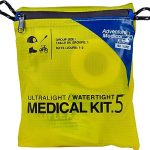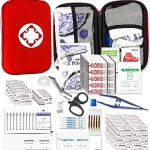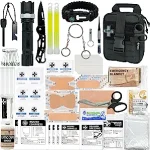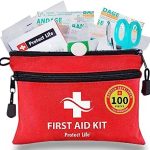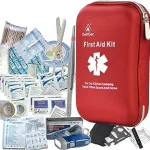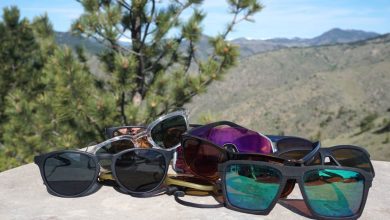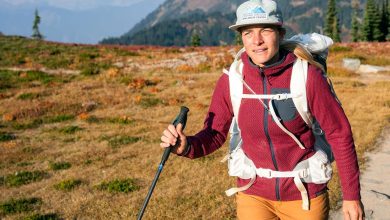Best First Aid Kits : Tested And Listed

While staying at home or going outdoors, dangers are inevitable. Being on top of aiding an injury should be anyone’s top priority; for this, a first aid kit comes in handy. However, any first aid kit won’t suffice, and to care for someone in need, you will need to invest in the best first aid kit you can find.
The first thing to remember while deciding where to store your first aid kit is to store it in a cool and dry place. Also, you must keep a first aid kit in your house, place of work, and the vehicle you ride. Taking your first aid kit in places of adventure like trekking, hiking, and camping should also be your top priority.
You will have two choices while thinking about the best first aid kit: buying one or making one. Whichever you choose, ensure the kit consists of top-quality products and is placed in a sturdy and durable box. The kit should also be made inclusive of possible injuries and must contain all the required ingredients for any type of medical emergency.
So, it is inevitable to need clarification in choosing the best first aid kit. Continue reading this article as we discover all the avenues for making or choosing the best first aid kit.
What are the top 10 items in a first aid kit?
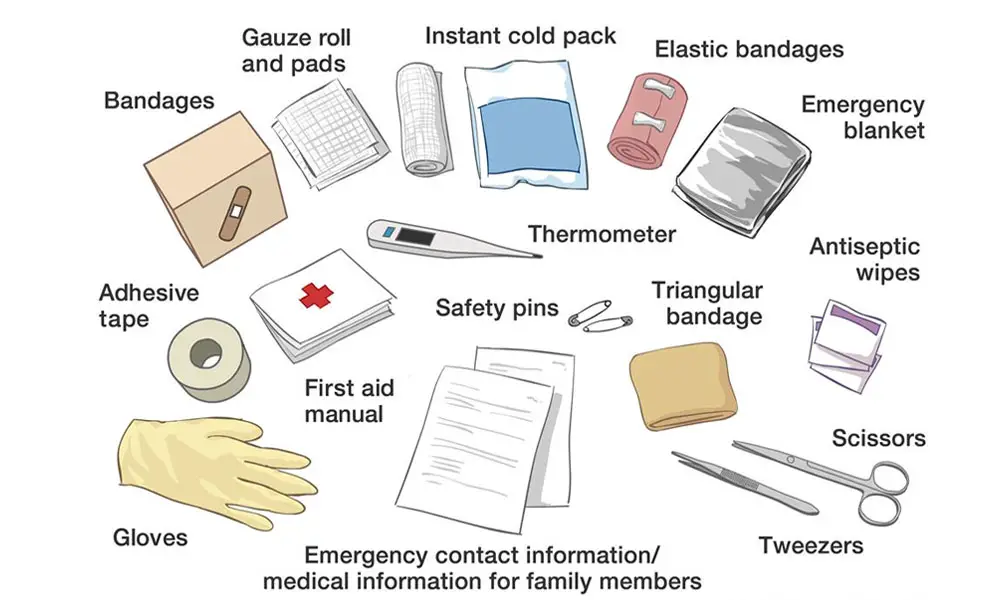
The top ten first aid kits that make the best are as follows. However, these are the absolute must-haves in a first aid kit, and other items can be added according to your personal need and requirement.
- CPR Pocket Mask
- Gloves and Eye Protection Accessories
- Roller Gauze
- Medical Tape
- Tourniquet
- 4×4 Gauze Pads
- Two Triangular Bandages
- Elastic Bandage
- Sam Splint
- Trauma Shears
If you are going to a remote area where environmental danger lurks, you can add more items to the first aid kit. These are the main items you can add to address a normal wound you can get in difficult terrain.
- Steri-strips
- Biodegradable Soap
- 20 mL Syringe & Irrigation Cap
- Opposite Flexi-grip film
- Benzoin Tincture
5 Best First-Aid Kit
Is it better to build a first aid kit or buy one?
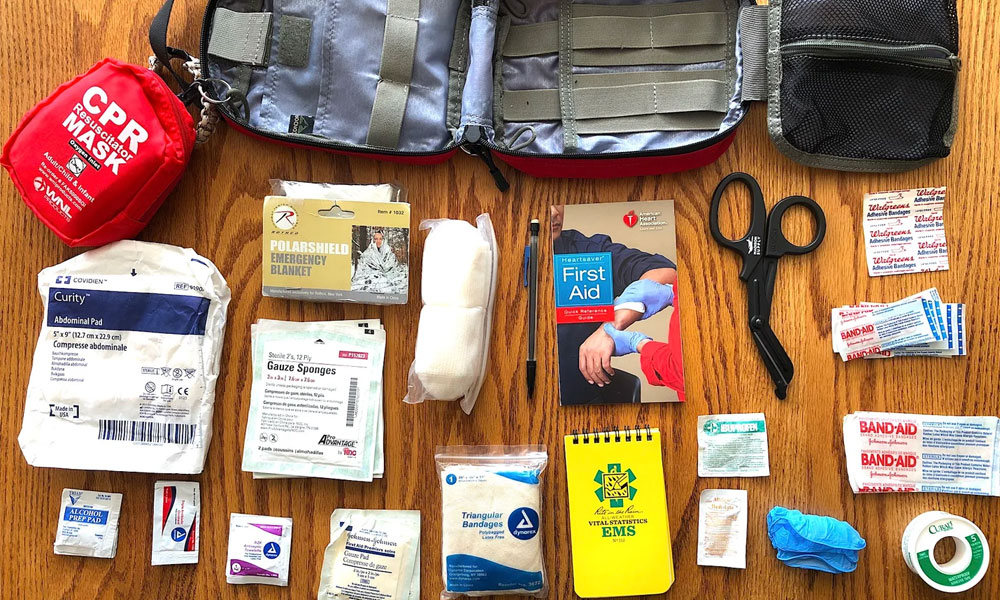
The answer, in short, is no first aid kit is better than the other. Both DIY and purchased first aid kits have their own advantages and disadvantages.
Let us talk about building a first aid kit first. While making your first aid kit, ensure that the box or pouch you use to store your items is waterproof and abrasion resistant. In addition, to properly store the items, you may also need extra items like plastic medicine bottles, zip-lock plastic bags, waterproof markers, and tape to level various things. Then, the final step is to collect all the items you need.
A DIY first aid kit’s main advantage is it’s customizable. So, if you are a beginner, making your own first aid kit will be the best for you. Also, you can organize all the materials according to your liking. Finally, DIY first aid kits ensure you have a nice and durable bag and can also choose the quality of the materials you put in it.
However, making a first aid kit on your own might be more expensive than buying a readymade one because you might have to purchase all the items individually.
Moving on to buying a first aid kit. A readymade first aid kit can save the time and effort you might invest in making one. Also, buying one can be comparatively cheaper than a DIY one.
Additionally, a premade one has all the tools and items you might need for the best first-aid kit to ensure you get all the important ones.
What is the difference between a first aid kit and a medical kit?
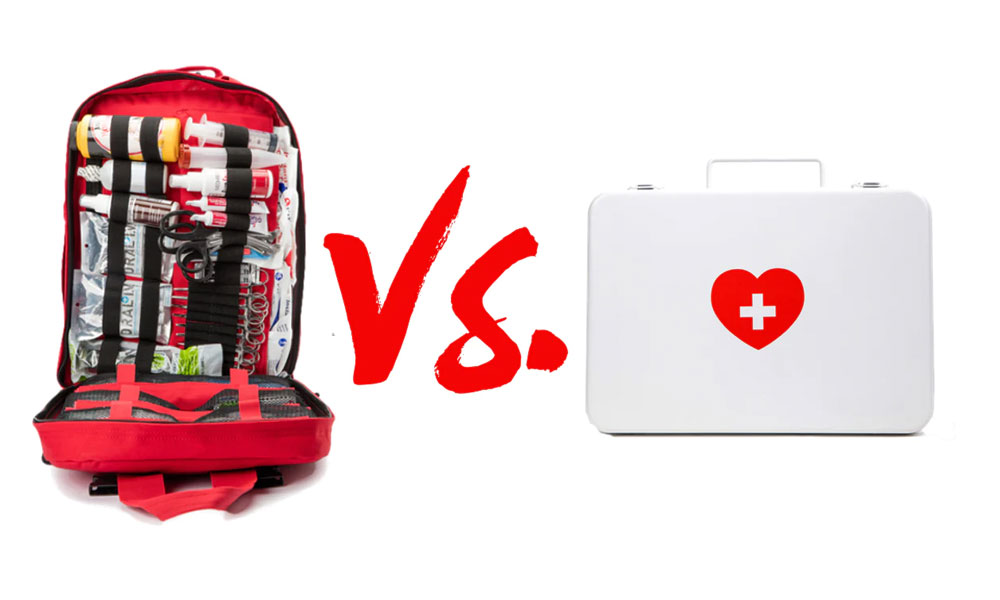
The first aid kit you usually use in normal medical necessities and a doctor’s high-level medical kit is bound to have some striking differences. There are some very important differences between these two kits that we will discuss further on.
Okay, a medical kit used by a doctor is used for major medical emergencies and severe wounds that only a professional doctor can treat. However, first aid is used for the most basic type of treatable wounds, which anyone with a slight medical understanding can do easily. Of course, both of these kits are equally important. The only difference is the person using it.
Also, a medical kit will have ingredients not normally found in a first aid kit, such as sterile gloves, injections, and other items to treat serious injuries and illnesses. Further, medical kits used by doctors are smaller in size than first aid kits but more expensive. They also contain some high-level tools to perform some high-skilled activities.
On the other hand, a first aid kit is used to treat small injuries such as cuts, bruises, and sprains. But it can also treat stab wounds, gunshot wounds, chainsaw injuries, minor lacerations, and some penetrated chest wounds.
How much should a first aid kit cost?
The best first aid kit can be either made personally or bought. However, whichever path you choose, there will be a certain cost. The first aid kits you can place at home and buy premade will cost you around 10 USD to 50 USD. The price will depend upon the kit size and the use.
If you are going on an adventure such as trekking, hiking, backpacking, camping, etc., you will require a more advanced first aid kit. These costs will cost more starting from 25 USD and may be as high as 200 USD.
A DIY first aid kit will cost depending upon the materials you use. It can cost anywhere from 20 USD or more than 200 USD.
What is a Level 4 first aid kit?
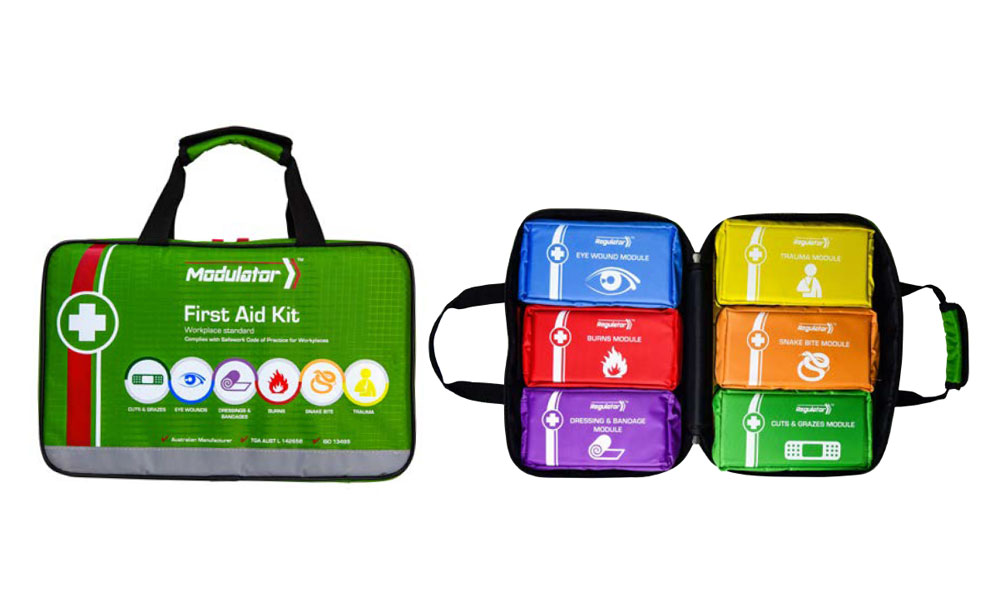
Other than homemade and premade first aid kits, there are also other types of first aid kits. So, making or buying a first aid kit will depend upon the class and level of the first aid kit. These are based on the need of the kit and also the materials present inside it. Further, to choose the best first aid kit that adheres to your needs, let us look at the various kinds of first aid kits.
The American National Standards Institute (ANSI) has divided first aid kits into two classes.
Class A
A Class A first aid kit is designed to treat common burns, injuries, wounds, scrapes, cuts, stings, and splinters. So, they are more for places where the chances of getting hurt are low, like workplaces. Churches, schools, and hotels also contain the Class A first aid kit.
Class B
The Class B first aid kits are more for environments more prone to dangers and life-threatening scenarios. In addition to the medical items of the Class A first aid kit, Class B has more ingredients, for example, a tourniquet and padded splint. Factories, warehouses, construction sites, and other workplaces like such have the Class B first aid kit.
Other than the first aid kits classes, there are also levels of first aid kits. These are based on the level of portability and durability of the first aid kits.
Level 1
The Level 1 first aid kits are for places indoors and where the level of possible damage is rare to none. Also, these first aid kits aren’t portable.
Level 2
These Level 2 first aid kits are also for indoors but where the damage is minimal and possible. However, these are easily portable.
Level 3
The Level 3 first aid kits are for places with some environmental damage probability. They are usually water-resistant and they are kept in a higher place.
Level 4
The Level 4 first aid kits are for harsh environments where the level of damage to the first aid kits is very high. They are also extremely portable.
How many first aid kits do I need?
Okay, another part of determining the best first aid is knowing the number of kits you need. This factor also depends on the environment in which you will keep your first aid kit.
If you are going to keep your first aid kit in high-risk environments like factories, laboratories, construction sites, or other similar places, then the number of first kits you will require are as follows:
- If there are at most five people, then one small kit is enough.
- If there are five to twenty people, then one medium-small kit is enough.
- You will require one large first aid kit if you have more than twenty-five people.
Moving on to places with less chance of environmental damage, such as libraries, houses, offices, shops, hotels, etc., the number of first aid kits you will require are as follows:
- If there are at most twenty-five people, one small kit is enough.
- If the number of people is twenty-five to hundred, then one medium-small kit is enough.
- One large kit per group is sufficient if there are more than a hundred individual
Also, it is important to know that one first aid kit is required for every level of a house or building. Additionally, if the area is large, you need one first aid kit for every section.
What is the best color for a first aid kit?
The International Organization for Standardization (ISO) has prescribed the best first aid kit colors. The ISO recommends that a first aid kit be kept in a bag or box with a green background with a white cross. The EU and several other countries apply this color pattern. However, you can also go for the alternative version of the one the ISO recommended, which is a green cross on a white background.
Also, the red cross on the white background color set is banned now. Yes, you read that this color for the first aid kit was banned under the First Geneva Convention terms. But it can be used by the International Committee of the Red Cross (ICRC) and other associated organizations only. However, North America has used the red cross on a white background for medicinal and surgical plasters since 1905.
Although the red cross on a white background is banned, small institutions and home owners prefer to use it because it can be easily recognized. The most widely used is the white cross on a green background.
Finally, the emergency medical services use the Star of Life on a white background as the color of their first aid kit.
What is the most effective first aid?
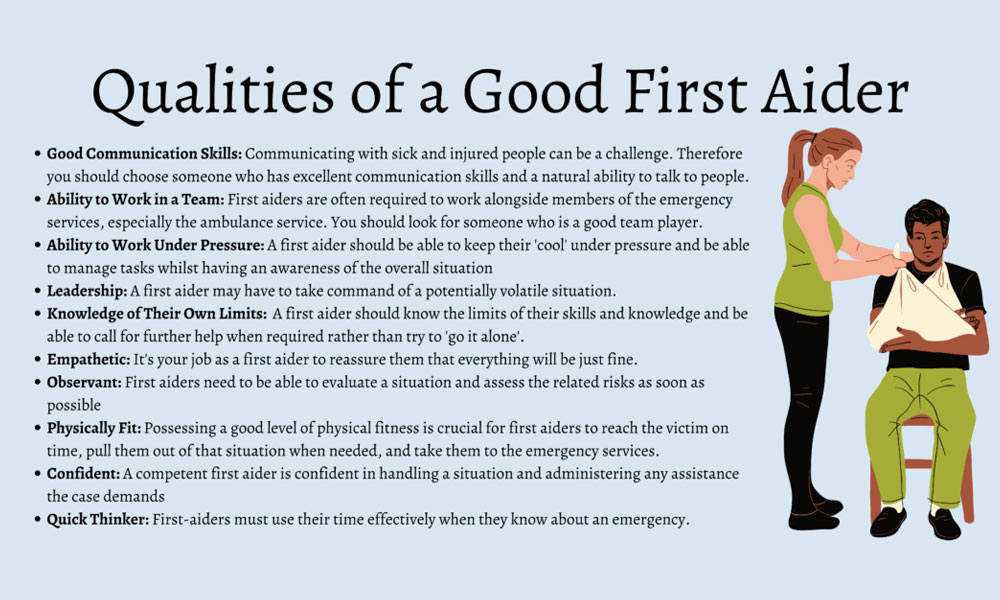
Effective first aid makes the best first aid. Basic first aid consists of CPR (cardiopulmonary resuscitation), breathing, and airway. However, if you want an in-depth look into the most effective first aid, then look at the checklist mentioned below:
- Ensure that no danger follows you, the victim who needs first aid, and any possible bystanders before going to the aid of anyone.
- Check the response of the injured individual by either talking to them or squeezing their hand or shoulders.
- Call the medical emergency number and correspond properly with the medical entity during the phone call.
- After that, look if the victim’s airway is clear and if the individual is breathing. The way to determine an airway’s clarity is that if the injured person is responding, then their airway is clear, and the person is breathing. However, if they are not responding, first check if anything is disrupting their breathing, remove anything disrupting their airway gently, and then check for their breathing.
- You can check the victim’s breathing by looking at the movement of their chest or listening to breathing sounds by putting your ears near their nose or ears. However, if the person has fainted, continuously monitor their breathing by putting them on their side but make sure their body is properly aligned.
- If the victim is unconscious and unable to breathe, performing CPR would be the best. However, do it if you are certified to perform CPR. If not, look for individuals to communicate the information to the medical personnel.
- If you have access to an automated external defibrillator (AED) and the injured person is unconscious and not breathing, use that too. However, do it if you know how; otherwise, communicating with a responsible medical professional is always the best way.
This brings to an end our best first aid kit article. Hope you have gathered information you might require while making your own or purchasing one.
You may also like:
● Most Dangerous Countries For Female Travelers
